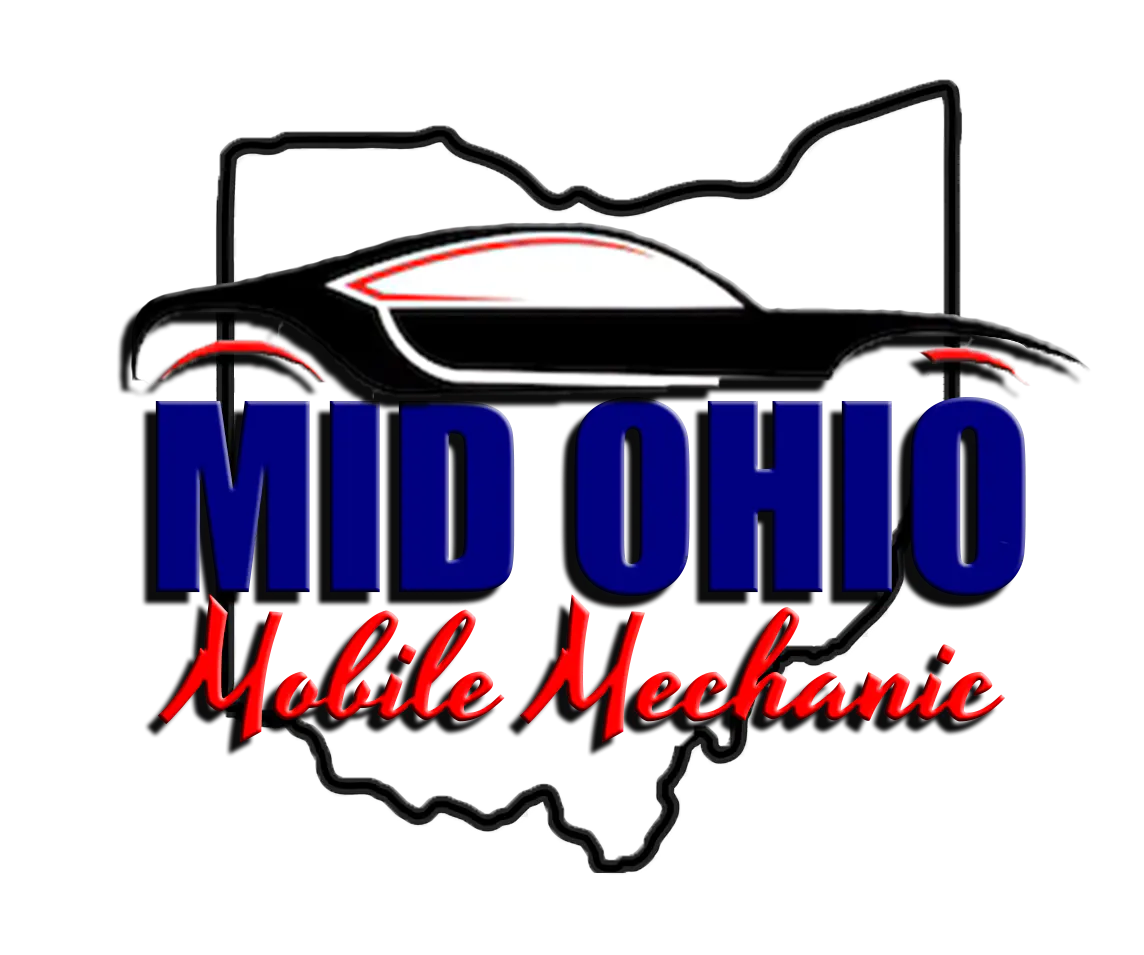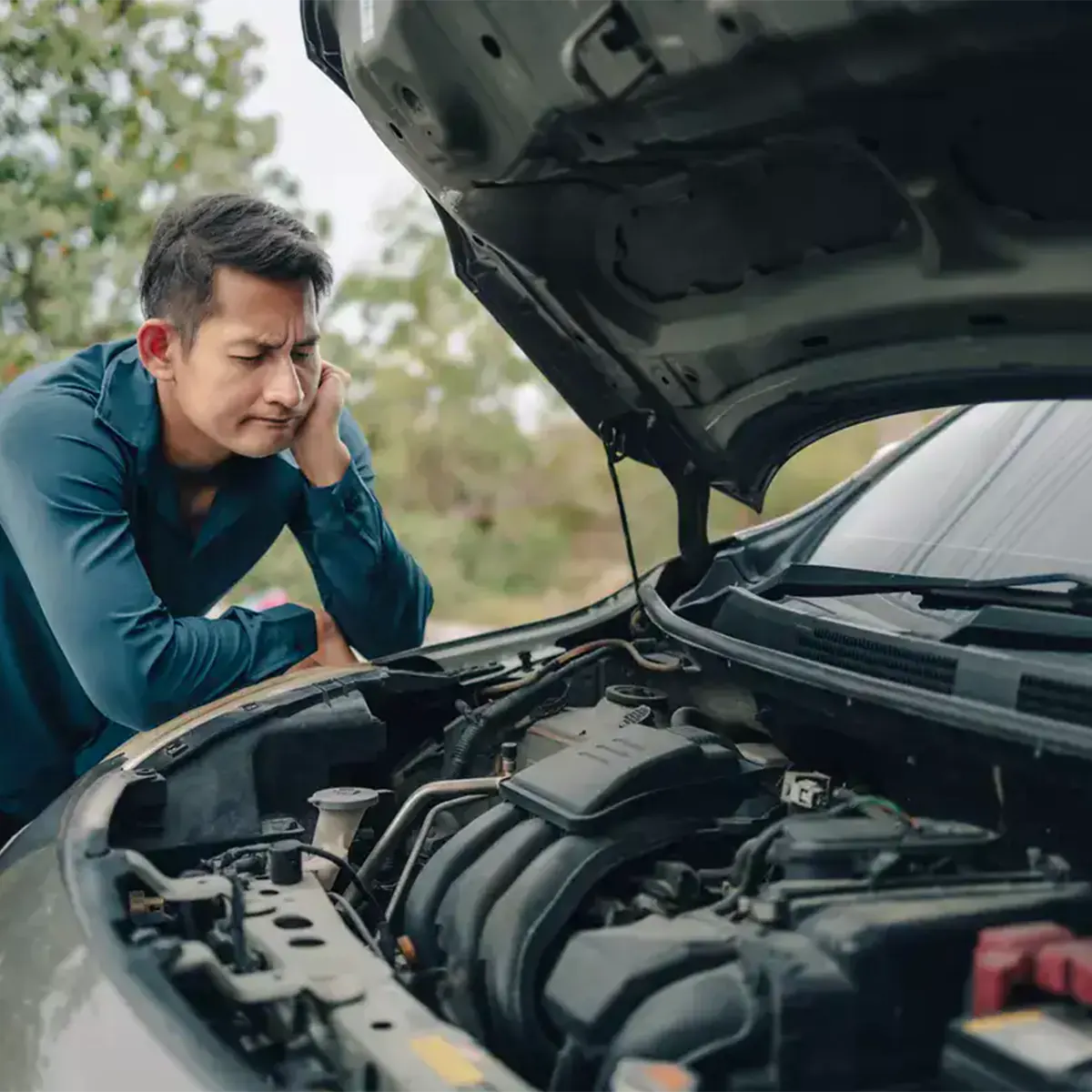If you’ve ever been behind the wheel and noticed an unusual whistling or hissing sound coming from your car, it can be both distracting and concerning. These noises can range from minor annoyances to indicators of serious mechanical issues. Understanding the source of the sound is essential for your safety and for maintaining the longevity of your vehicle. This guide will help you identify the potential causes, signs to watch for, and what steps you can take to address them.
Understanding Vehicle Sounds
Modern vehicles are complex machines with hundreds of moving parts. While engines, transmissions, and exhaust systems are designed to operate smoothly, certain mechanical issues can create abnormal sounds. Whistling or hissing noises are typically caused by air or fluid escaping under pressure or by components vibrating in a way they weren’t designed to.
There are three primary characteristics to focus on when identifying the source of a whistling or hissing sound:
- Location: Where the sound is coming from—front, back, under the hood, or inside the cabin.
- Timing: When the sound occurs—while accelerating, braking, idling, or turning.
- Consistency: Whether the sound is constant, intermittent, or only occurs at certain speeds.
By carefully observing these characteristics, you can narrow down the potential causes and determine if immediate attention is required.
Common Causes of Whistling and Hissing Sounds
1. Vacuum Leaks
A vacuum leak occurs when there is an unintended gap or hole in the system that supplies vacuum pressure to various engine components. Modern engines rely on vacuum pressure to control things like brake boosters, emission controls, and air intake systems.
Signs of a vacuum leak include:
- A high-pitched whistling sound coming from the engine bay.
- Rough idling or stalling.
- Poor fuel efficiency.
- The check engine light turning on.
Why it happens:
Vacuum leaks can result from cracked hoses, loose connections, or failed gaskets. Because the system relies on airtight seals, even a small leak can cause a noticeable whistling sound.
2. Turbocharger Issues
If your vehicle has a turbocharged engine, whistling or hissing can indicate a problem with the turbo system. Turbochargers increase engine efficiency by compressing air entering the combustion chamber, but any leaks in the system can produce audible sounds.
Common indicators of turbo-related whistling:
- Whistling that increases with engine RPM.
- Reduced engine performance.
- Smoke from the exhaust.
- Sudden loss of power under acceleration.
Causes:
Leaky intercooler hoses, worn-out seals, or a failing turbocharger can produce high-pitched noises. Addressing these issues promptly is critical, as turbo problems can lead to costly engine damage.
3. Brake System Concerns
Although brakes usually produce a squealing sound when worn, some issues can create a hissing sound, particularly if the vehicle uses vacuum-assisted brakes.
Symptoms include:
- Hissing when pressing the brake pedal.
- A spongy or hard brake pedal.
- Reduced braking performance.
Underlying causes:
A failing brake booster or leaks in the vacuum line to the brake booster can create a hissing noise. This is a serious safety concern that requires immediate inspection by a qualified mechanic.
4. Air Conditioning or Heating System Leaks
HVAC systems rely on pressurized refrigerant to cool and heat the cabin. Leaks in the system, or expansion of gas through the AC, can sometimes produce whistling or hissing sounds.
Key indicators:
- Whistling or hissing coming from the vents.
- Weak airflow from the system.
- Inconsistent cabin temperature.
Causes:
Small leaks in hoses, failed expansion valves, or worn seals can lead to audible sounds. Regular maintenance can prevent AC system failure and preserve performance.
5. Tire and Wheel-Related Whistling
While most whistling sounds originate from the engine or vacuum system, tires and wheels can also be sources. This is often due to air moving through worn tread, wheel well components, or alignment issues.
Indicators:
- Whistling that changes with vehicle speed.
- Noise stops when slowing down.
- Uneven tire wear or vibrations.
Causes:
Low tire pressure, misaligned wheels, or loose wheel covers can create whistling or hissing sounds. Checking tire condition and alignment can often resolve this type of noise.
6. Exhaust System Leaks
The exhaust system channels gases from the engine to the rear of the vehicle while minimizing noise and emissions. Leaks in the exhaust can create high-pitched hissing sounds.
Symptoms:
- Hissing noise increasing with engine speed.
- Strong exhaust smell inside the cabin.
- Decreased fuel efficiency or performance.
Causes:
Holes, cracks, or loose joints in the exhaust pipes or manifolds can allow gases to escape under pressure. Immediate inspection is advised, as exhaust leaks can be hazardous to health due to carbon monoxide exposure.
7. Engine Belt and Pulley Issues
Belts drive critical engine components like the alternator, water pump, and power steering pump. Worn or loose belts can create a whistling sound, often under acceleration or when starting the engine.
Signs:
- High-pitched whine or squeal when accelerating.
- Belt visible wear or glazing.
- Difficulty steering or electrical issues.
Causes:
Over time, belts stretch, crack, or wear unevenly. Pulleys can also misalign, creating friction that produces audible whistling. Replacing worn belts and ensuring proper tension can eliminate these noises.
8. Wind Noise
Not all whistling sounds indicate a mechanical problem. Wind noise caused by improperly sealed doors, windows, sunroofs, or roof racks can create a high-pitched sound, particularly at higher speeds.
Indicators:
- Whistling only occurs at highway speeds.
- Noise changes when windows or sunroof are slightly adjusted.
- No other mechanical symptoms present.
Resolution:
Inspect seals, weather stripping, and aerodynamic attachments. Minor adjustments or seal replacements often fix the issue without major repairs.
Diagnosing the Problem
Accurately diagnosing the source of a whistling or hissing sound involves systematic observation and testing. Here’s a step-by-step approach:
Step 1: Identify When It Occurs
Determine if the sound happens at idle, acceleration, braking, or at specific speeds. Timing can indicate whether the source is engine-related, brake-related, or wind noise.
Step 2: Locate the Sound
- Open the hood and carefully listen while the engine is running.
- Use a mechanic’s stethoscope or a length of hose to pinpoint the source.
- Check the interior cabin, vents, and undercarriage if the sound is subtle.
Step 3: Inspect Obvious Culprits
- Examine hoses, belts, and vacuum lines for cracks or leaks.
- Check tires, wheel wells, and wheel covers.
- Inspect exhaust pipes and manifolds for holes or loose connections.
- Test HVAC vents for airflow issues or leaks.
Step 4: Perform Simple Tests
- For vacuum leaks: spray a small amount of soapy water or carb cleaner on hoses while the engine is running. A change in engine RPM indicates a leak.
- For AC or cooling system leaks: listen for sound while turning the system on and off.
- For brake issues: press the brake pedal while stationary to hear if hissing comes from the booster.
Step 5: Seek Professional Help
If the source remains unclear or the issue involves safety-critical systems like brakes or turbochargers, consult a certified mechanic immediately. Diagnosing complex internal engine issues without proper tools can be risky and lead to costly mistakes.
Safety Considerations
- Brake hissing: Never ignore hissing from the brake system. This could indicate a failing brake booster, compromising stopping ability.
- Exhaust leaks: Carbon monoxide poisoning is a serious risk. Ensure leaks are addressed promptly.
- Turbo and engine vacuum issues: Prolonged driving with these problems can lead to engine damage or total failure.
Preventive Maintenance Tips
Many whistling or hissing sounds can be prevented through regular maintenance:
- Inspect hoses and belts every 6 months for cracks or wear.
- Check tire pressure and alignment regularly.
- Service HVAC systems annually to prevent leaks.
- Maintain turbochargers according to manufacturer recommendations.
- Regularly inspect brakes and fluid levels to prevent vacuum and booster issues.
- Seal doors, windows, and sunroof areas to reduce wind noise.
Keeping up with preventive maintenance not only reduces annoying sounds but also extends the lifespan of your vehicle and enhances safety.
Conclusion
A whistling or hissing sound while driving can stem from a range of sources—from harmless wind noise to serious engine or brake issues. The key to addressing the problem lies in careful observation, systematic inspection, and timely maintenance. By understanding the common causes and knowing how to troubleshoot them, you can protect your vehicle, maintain safety, and enjoy a quieter, smoother driving experience.
Pay attention to the sound, locate its source, and address it promptly. Whether it’s a minor belt adjustment or a critical brake repair, tackling the issue early can save you both time and money, and most importantly, ensure that you and your passengers remain safe on the road.

